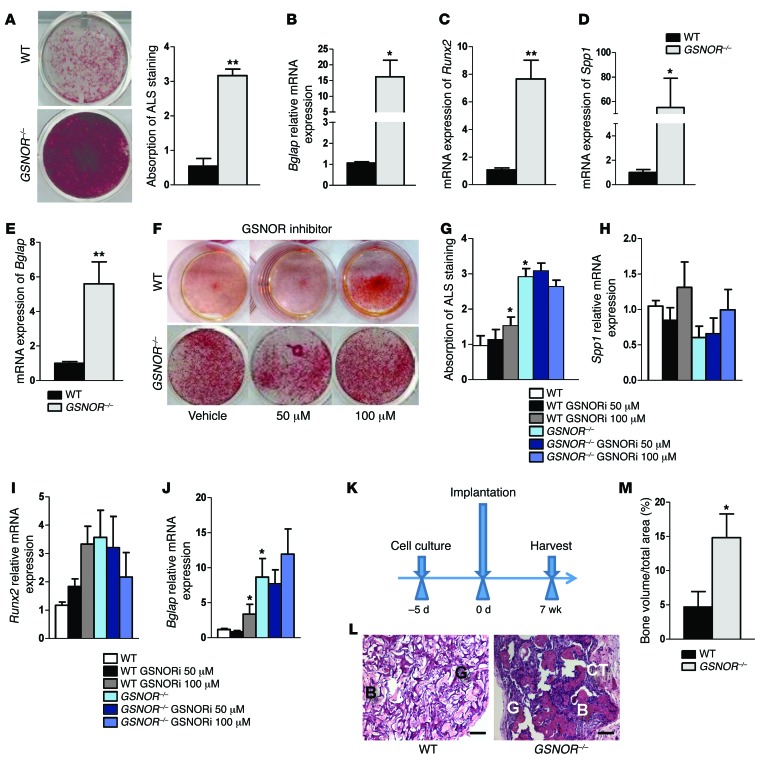Figure 2. GSNOR–/– MSCs exhibit enhanced osteogenic differentiation.
(A) Whole-well scan of ALS staining of WT and GSNOR–/– MSCs. ALS staining was quantified. **P < 0.01. n = 6. (B) Expression of Bglap (osteocalcin) in MSCs grown in osteogenic medium. *P < 0.05. n = 6. (C–E) Expression of Runx2 (C), Spp1 (osteopontin, D), and Bglap (osteocalcin, E) at baseline in the absence of osteogenic supplements. *P < 0.05; **P < 0.01. n = 6. (F and G) WT and GSNOR–/– MSCs were grown in osteogenic medium and treated with 50 μM or 100 μM GSNOR inhibitor for 2 weeks. ALS staining was performed and quantified (2-way ANOVA; for strain, P = 0.0004; for drug, P = 0.9081). *P < 0.05, compared with WT, analyzed by Bonferroni’s multiple comparison test or 1-way ANOVA within strain. n = 3. (H–J) Cells were treated similarly to those shown in F and G, and expression of Spp1 (H), Runx2 (I), and Bglap (J) was determined (2-way ANOVA; for strain, P < 0.0001; for drug, P = 0.2829). *P < 0.05, compared with WT, analyzed by Bonferroni’s multiple comparison test or 1-way ANOVA within strain. n = 3. (K) Scheme for assessing MSC-based bone regeneration in vivo. (L) H&E staining of tissue samples from NOD-SCID mice after subcutaneous implantation with WT or GSNOR–/– MSCs following the protocol described in K. H&E staining was quantified (M). Formation of bone (B) and connective tissue (CT) around GelFoam (G) are indicated. Scale bars: 500 μm. n = 3. (M) Semiquantitative analysis of new bone formation. n = 3. *P < 0.05. Statistical significance between 2 groups was determined by unpaired Student’s t test (2-tailed) and presented as mean ± SEM.

